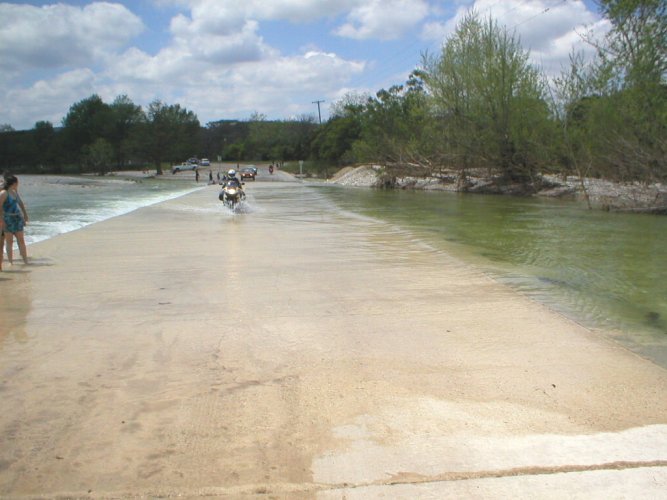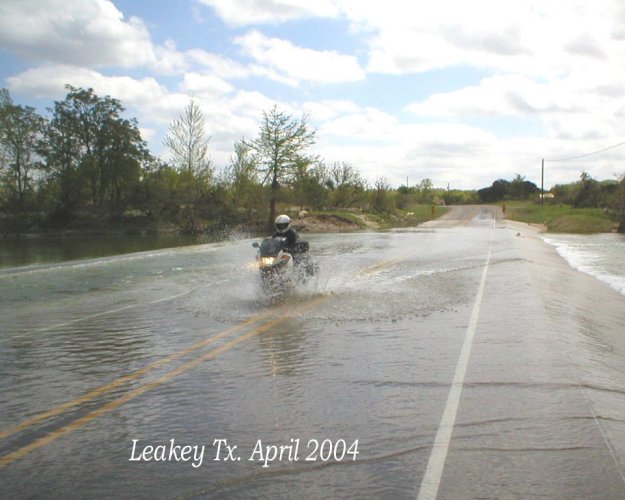ncpbmw1953
Member
I was out early one spring and running up the interstate. I hit an underpass doing 90 MPH on the throttle. I discovered frost/ice on the roadway under the shadow of the bridge and the motorcycle confirmed it by the engine racing as the back tire spun. Lucky for me it was quick and over before I could respond. The next underpass I figured pulling in the clutch and coasting through was a good idea!
Thank you for that reminder. I have recently moved to Front Range CO from Northern California and had forgot about that possibility though I read about it I think probably in Proficient Motorcycling.







 the ability to control a bike with “body english” really starts to change.
the ability to control a bike with “body english” really starts to change.